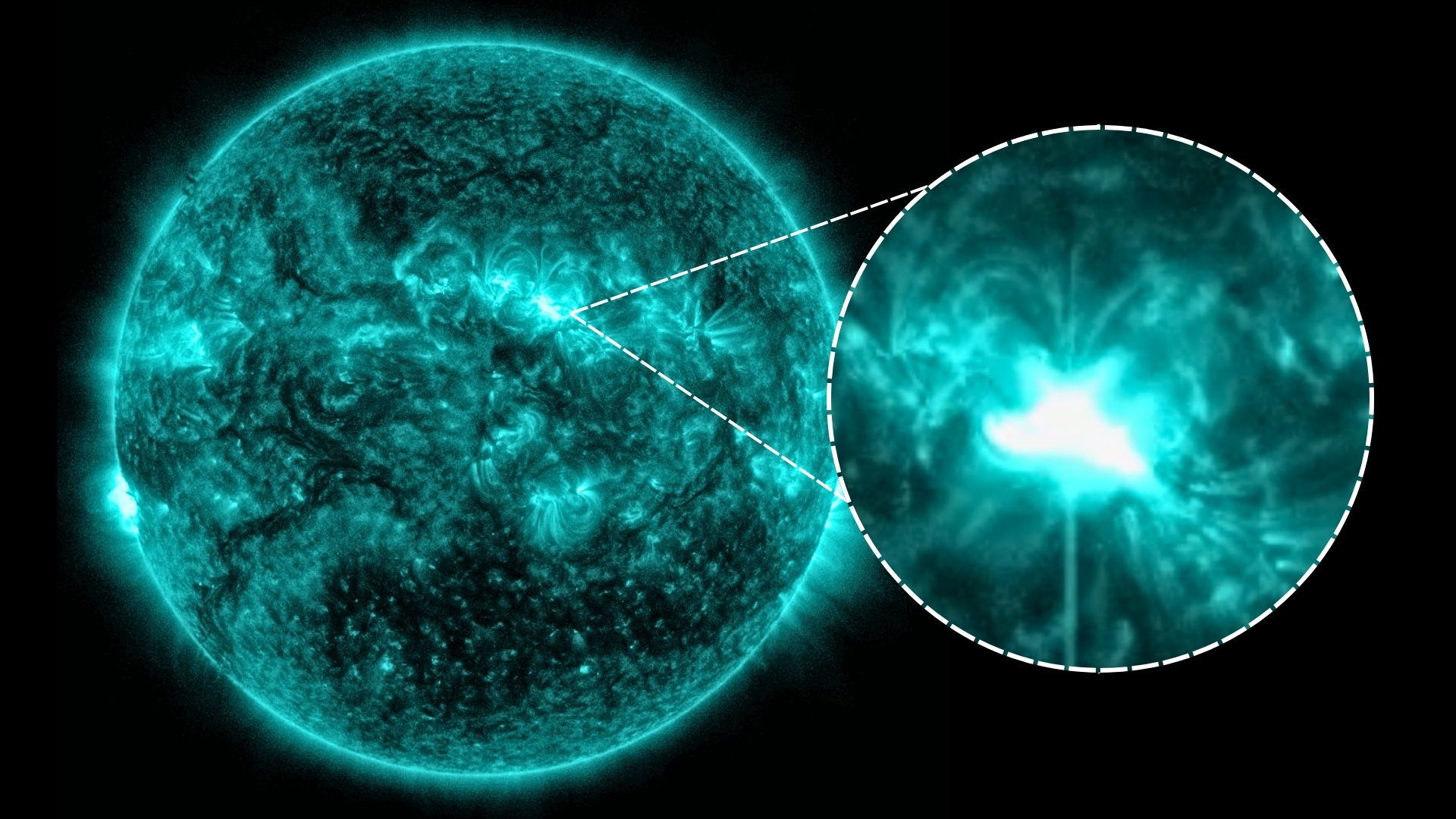Pink Sun
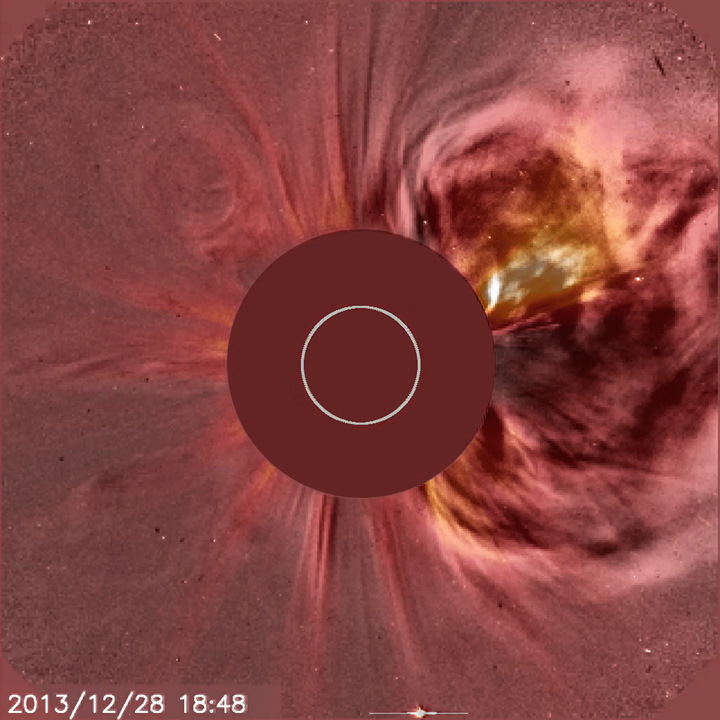
Wednesday, Jan. 15, 2014: A growing coronal mass ejection shoots into space from the right side of the sun on Dec. 28, 2013. SOHO, the Solar & Heliospheric Observatory, caught the image with its C2 coronagraph instrument.
— Tom Chao
The Romance of the Telescopes

Thursday, Jan. 16, 2014: The antennas of the Atacama Large Millimeter/submillimeter Array (ALMA) stand under a twilight sky on the Chajnantor Plateau, 16400 feet (5000 meters) above sea level, in Chile. Between the two groups of antennas lie the "Earth's shadow" and "Belt of Venus" phenomena, visible as the dark blue and light pink bands stretching across the sky. The planet Jupiter hangs above the mountain in the background. (Click image to see full panorama larger.) Image released January 13, 2014.
— Tom Chao
Tweet Your Haiku!
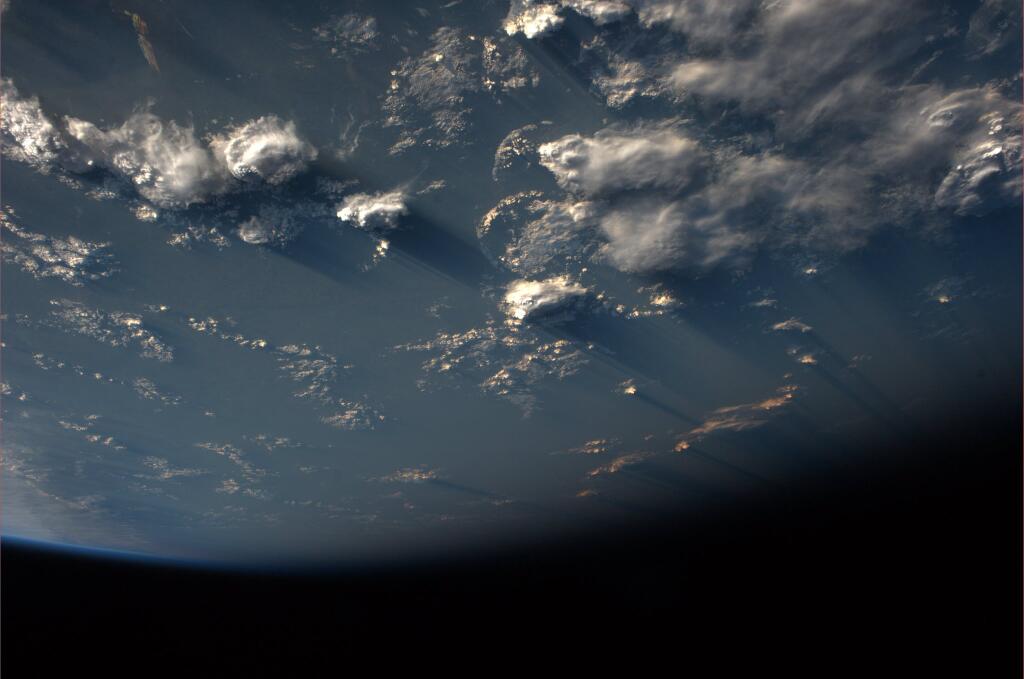
Friday, Jan. 17, 2014: On Jan. 9, 2014, Dr. Koichi Wakata tweeted this image of clouds taken aboard the ISS. He wrote: “Space #haiku: Shadows of winter clouds/run over the ocean/just before sunset. Tweet your haiku!” Wakata represents the Japan Aerospace Exploration Agency (JAXA) as a Flight Engineer on International Space Station (ISS) Expedition 38 and the Commander of Expedition 39. [See our gallery of Expedition 37/38 images.]
— Tom Chao
Terror on Mercury
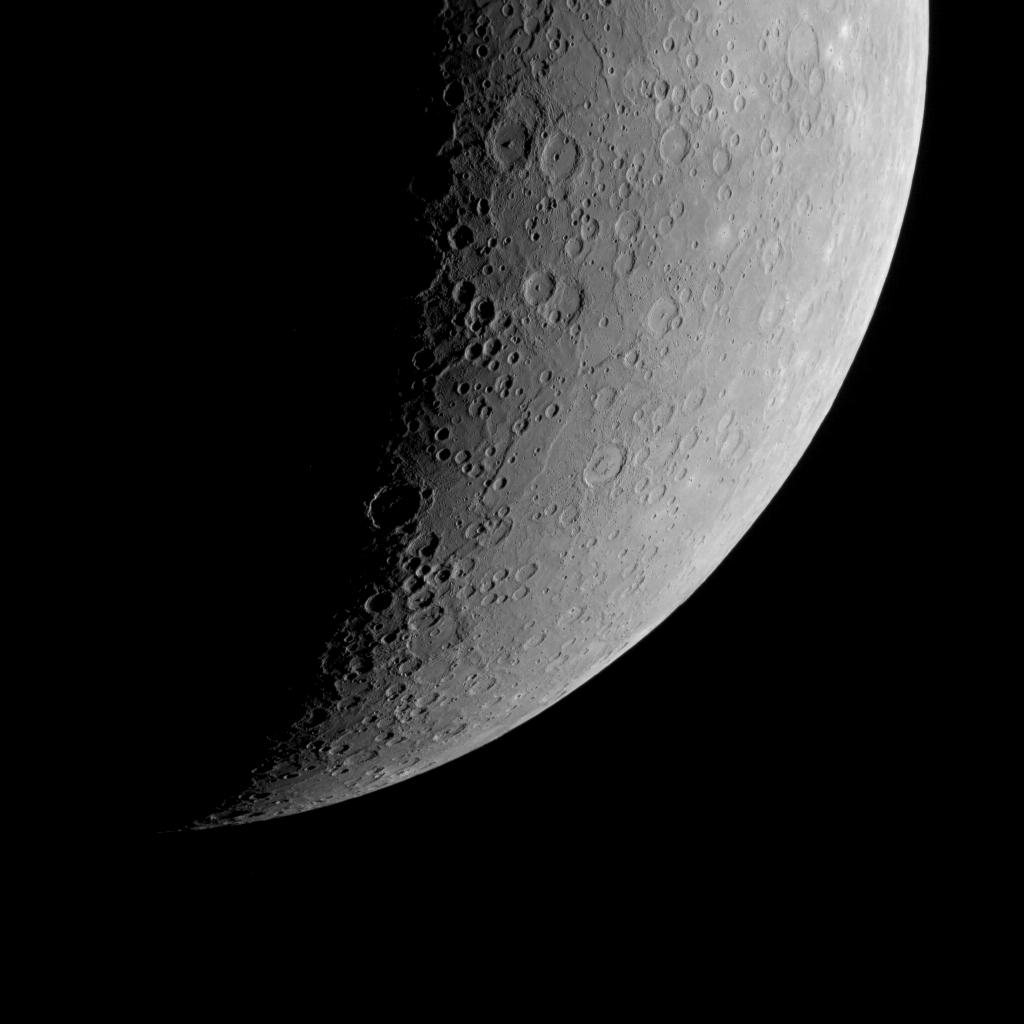
Monday, Jan. 20, 2014: On Feb. 4, 2012, MESSENGER spacecraft obtained this image of Terror Rupes, the long, cliff-like landform visible at the center of the scene. Terror Rupes represents one of Mercury's most prominent lobate scarps, a geological feature that forms when a portion of Mercury's crust thrusts up over another as its interior cools. This scarp takes its name from HMS Terror, an eighteenth-century warship that later participated in scientific polar explorations.
— Tom Chao
The Odd Couple
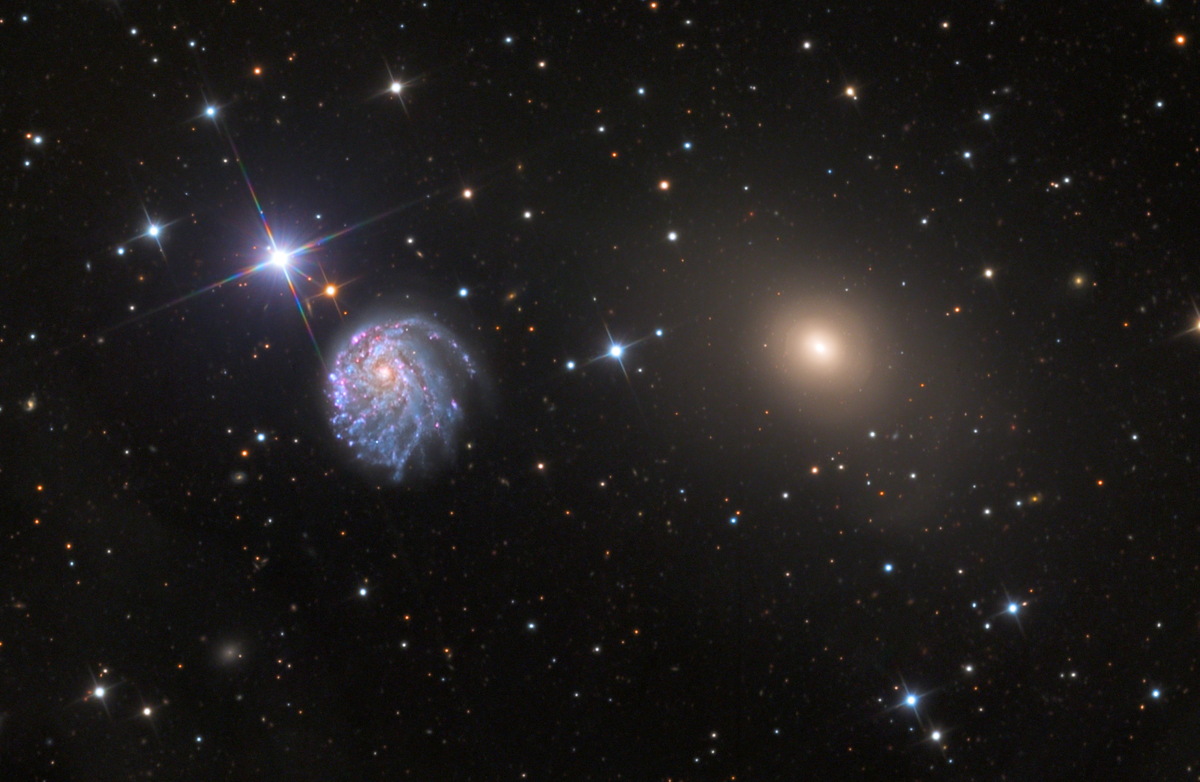
Tuesday, Jan. 21, 2014: At the left, spiral galaxy NGC 2276, in the constellation of Cepheus, shows an asymmetrical appearance. To its right, we see elliptical galaxy NGC 2300, together with NGC 2276 forming galaxy pair Arp 114. Researchers believe that interaction with NGC 2300 does not cause the deformation of NGC 2276. The galaxies float in a preponderance of gas, which may slow NGC 2276’s motion and cause the alteration in its form. Adam Block of the Mount Lemmon SkyCenter at the University of Arizona captured this image in December 2013.
— Tom Chao
Double Vision
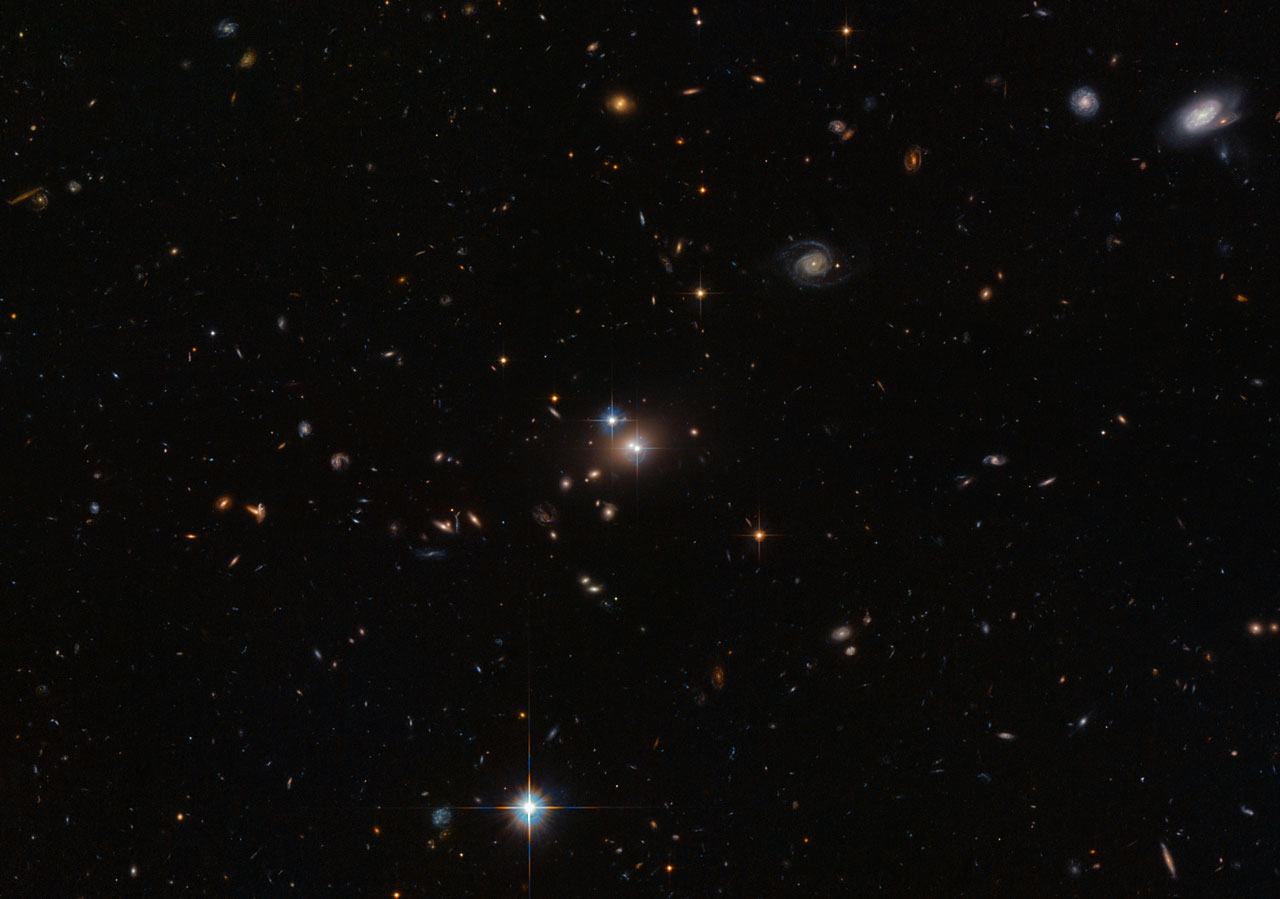
Wednesday, Jan. 22, 2014: This new Hubble image shows two bright objects, seemingly identical. In fact, only one object exists — the double image comes from the effect of gravitational lensing. The pair of images form a double quasar known as QSO 0957+561, also called the "Twin Quasar," which lies just under 14 billion light-years from Earth. Quasars represent the intensely powerful centers of distant galaxies. The huge galaxy YGKOW G1 lies roughly 4 billion light-years from Earth, directly between us and QSO 0957+561. This galaxy possesses a mass so great that it bends the light from objects lying behind it. In this case, it also allows us to see the quasar twice. Einstein's theory of general relativity first suggested this phenomenon could arise.
— Tom Chao
I See You in a Different Light
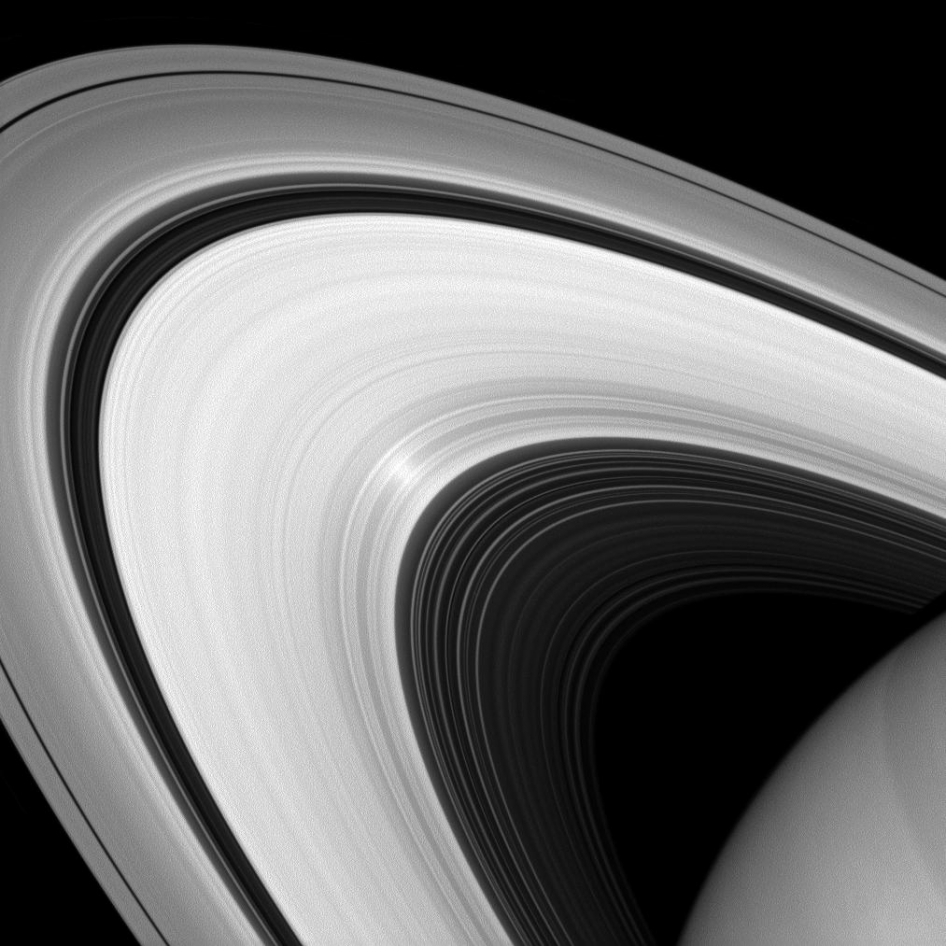
Thursday, Jan. 23, 2014: Cassini spacecraft took this infrared image of Saturn’s rings using a special filter that only admits light polarized in one direction. These images can help scientists learn more about the nature of the particles that make up the famous rings. The bright spot in the rings marks the "opposition surge" where the Sun-Ring-Spacecraft angle passes through zero degrees. Ring scientists can also use the size and magnitude of this bright spot to gain information about the surface properties of the ring particles. Cassini acquired the image at a distance of approximately 712,000 miles (1.1 million kilometers) from Saturn.
— Tom Chao
Breaking space news, the latest updates on rocket launches, skywatching events and more!
Don't Tread on an Ant; He's Done Nothing to You
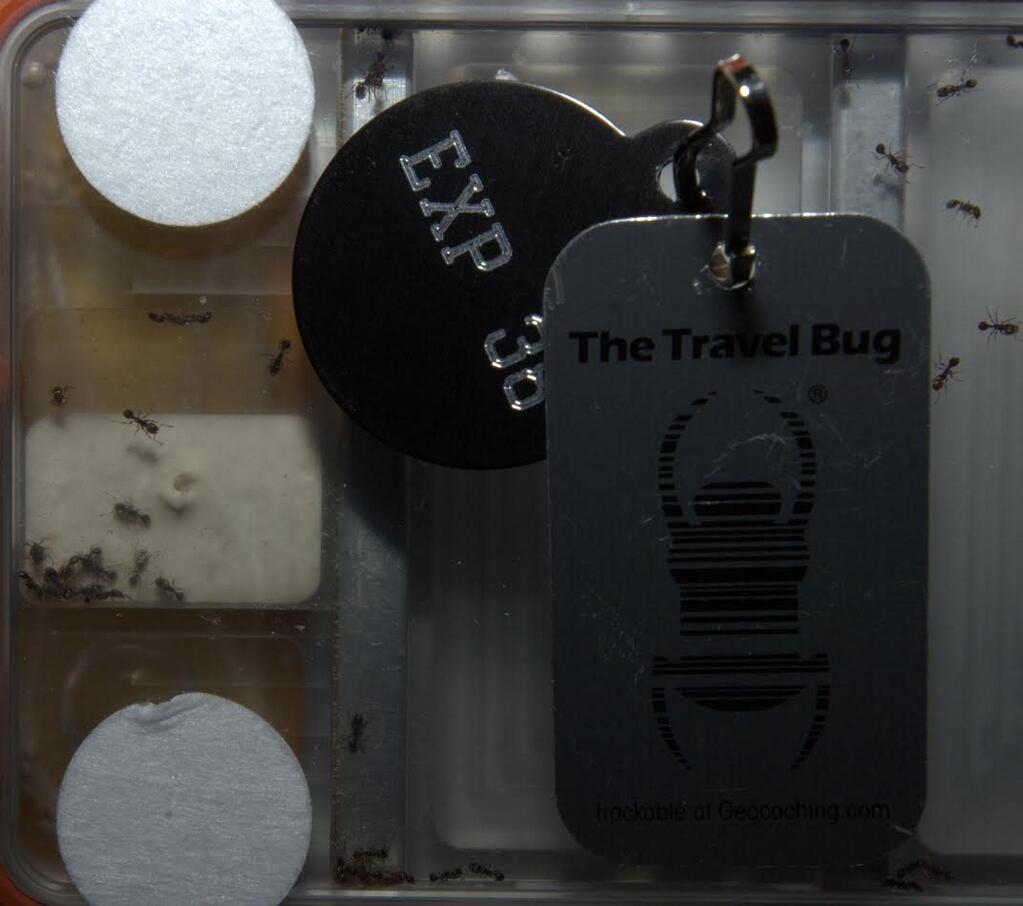
Friday, Jan. 24, 2014: Astronaut Rick Mastracchio aboard the International Space Staion tweeted this photo on Jan. 21, 2014. He wrote: "The ants get together with the Travel Bug here on board the station. Maybe I should call an exterminator? pic.twitter.com/nyLnI19rVu." The ants reside inside an experiment devised by BioServe, a University of Colorado Boulder research center. [See full story.] The "Travel Bug" rectangular metal tag makes up part of a geocaching outdoor treasure hunting game. [See full story.]
— Tom Chao
Coils of Light
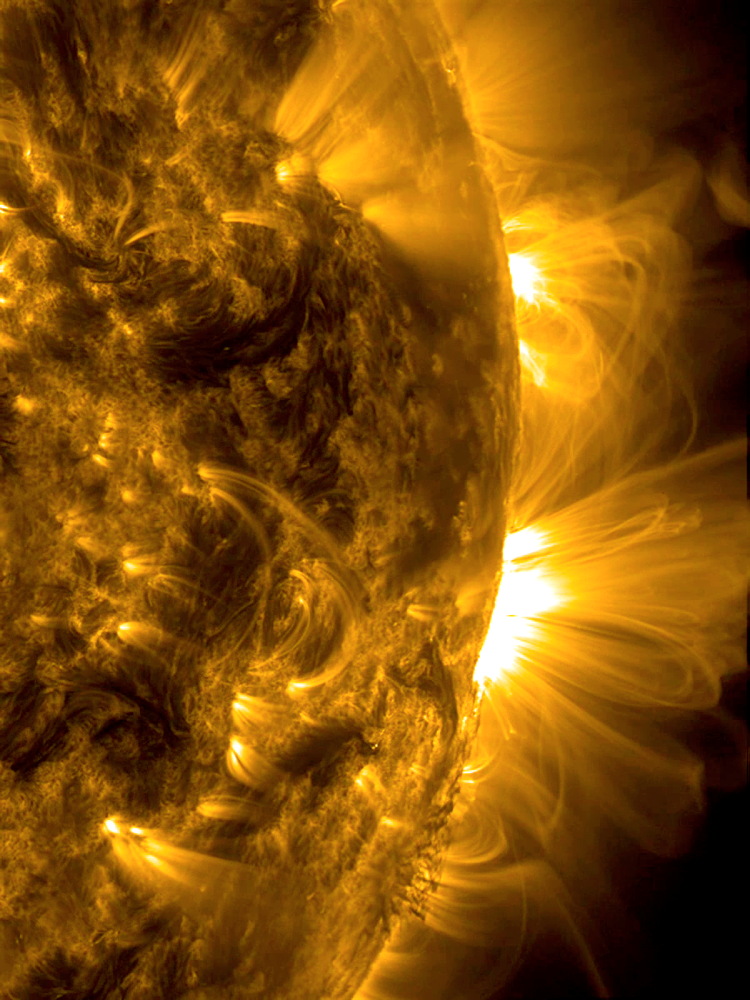
Monday, Jan. 27, 2014: A large active region on the sun spouted enormous coils of magnetic field lines many times the size of Earth during Jan. 14-15, 2014. Particles spinning along the field lines reveal them, when viewed in extreme ultraviolet light. Some of the lines connect with another active region that just rotated out of view of the Solar Dynamics Observatory, which captured this image. The close-up also shows darker (cooler) plasma, just above the surface, caught in a back-and-forth tug of war between magnetic forces. [For more solar activity images, please see Biggest Solar Flares of 2014: Sun Storm Photos.]
— Tom Chao
Wake Up and Conduct an All-Sky Survey With Me
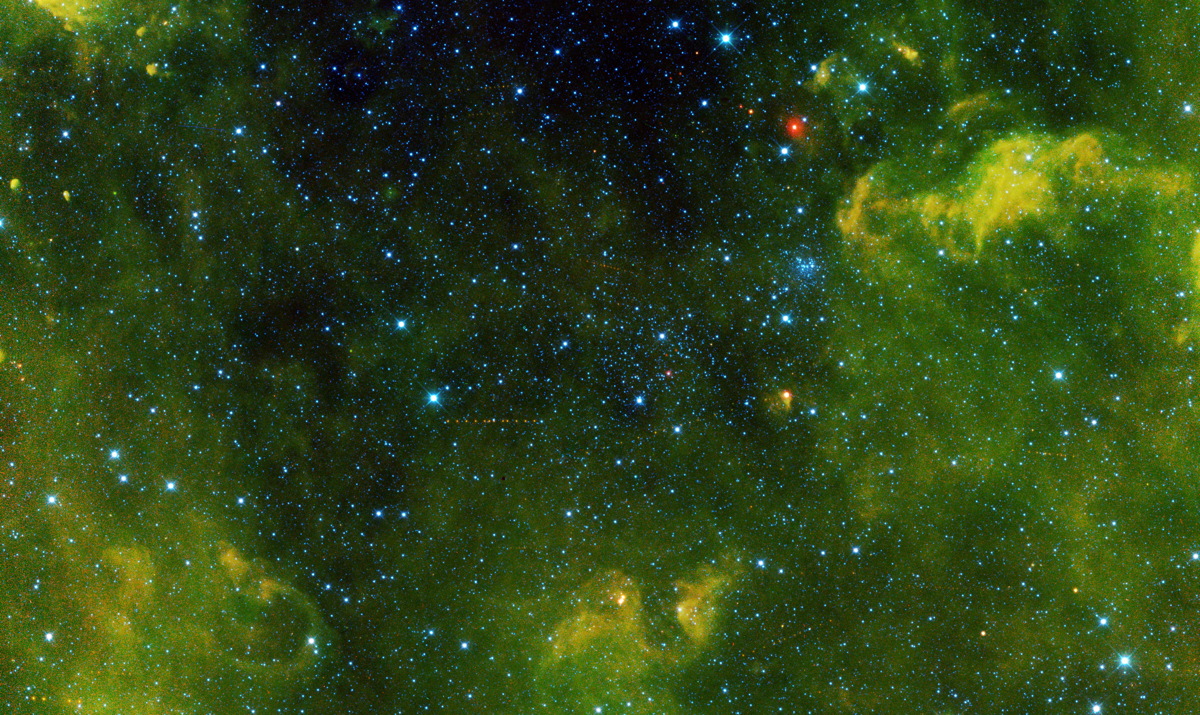
Tuesday, Jan. 28, 2013: The WISE spacecraft launched in December 2009, with a goal of scanning the entire celestial sky in infrared light. NASA deactivated most of WISE's electronics when it completed its primary mission in February 2011. The story had not ended, however. In August of 2013, the hibernating spacecraft received the signal to hunt more asteroids, and acquired the new name of NEOWISE. This view containes more than 100 asteroids captured by NEOWISE during its primary all-sky survey. Not all of the asteroids are easy to see, but some stand out as a series of dots. Each dot in a track shows one asteroid, captured at different times. At center left flies an asteroid called (2415) Ganesa. Clusters of stars dot the view including NGC 2158 which glitters at center right. About 2,500 stars fill this view, which stretches about 30 light-years across. Clouds of gas and dust surround the region, only visible in infrared light.
— Tom Chao
Join our Space Forums to keep talking space on the latest missions, night sky and more! And if you have a news tip, correction or comment, let us know at: community@space.com.

